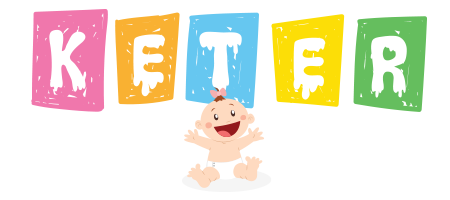The arrival of a new baby can be a mix of excitement and financial challenges. The addition of a tiny family member often brings about significant changes and expenses for new parents. Questions about the expected financial commitment in the first year and the creation of necessary financial tools arise. This guide will assist you in preparing financially for the upcoming arrival of your newest family member.
Key Takeaways: For new parents, one of the most substantial expenses is often the delivery itself, with costs varying based on location and health insurance coverage. One-time expenses encompass travel, home necessities, and nursing/feeding. Child care costs and savings plans are also factors to consider.
One-Time Expenses: When preparing for the arrival of a first baby, starting from scratch in terms of furniture, strollers, and cribs is common. The one-time medical expense of childbirth in the United States can be challenging to estimate accurately. In the U.S., the average cost for labor and delivery with insurance coverage is around $14,000, but costs can vary widely by state.
It's crucial to review your insurance policy to understand out-of-pocket costs for prenatal care, hospital stay, tests, and postpartum care. The decision to stay home requires an emergency fund. Baby-related one-time purchases, such as travel needs, home essentials, and nursing/feeding items, vary greatly in cost.
Ongoing Expenses: After the baby arrives, ongoing expenses include child care, food, clothing, diapers, and medical bills. Child care costs depend on factors like location, the child's age, and the type of care needed. Food, clothing, and diapers constitute significant ongoing expenses. Diaper costs alone can be around $1,000 for the first year.
Regular medical check-ups for the baby add to the ongoing expenses. If one parent decides to stay at home, the financial implications include reduced family income and potential career-related challenges. Financial tools such as life insurance, health insurance, and flexible spending accounts should be considered.
Financial Tools to Consider: To secure your child's future, creating financial tools is essential. College savings tools, such as 529 plans, Coverdell Education Savings Accounts, or UGMA/UTMA accounts, can help prepare for future education costs. Life insurance provides financial security in case of unexpected events.
Health insurance is crucial to cover potential medical expenses, and flexible spending accounts can be used for child care and healthcare costs. The guide also suggests ways to save money, including shopping at consignment stores, relying on family/friends for backup daycare, borrowing items, and being mindful of lifestyle choices.
In conclusion, while children are a wonderful gift, their arrival comes with financial responsibilities. Planning, budgeting, and utilizing financial tools can help manage the costs associated with welcoming a new baby into the family.
